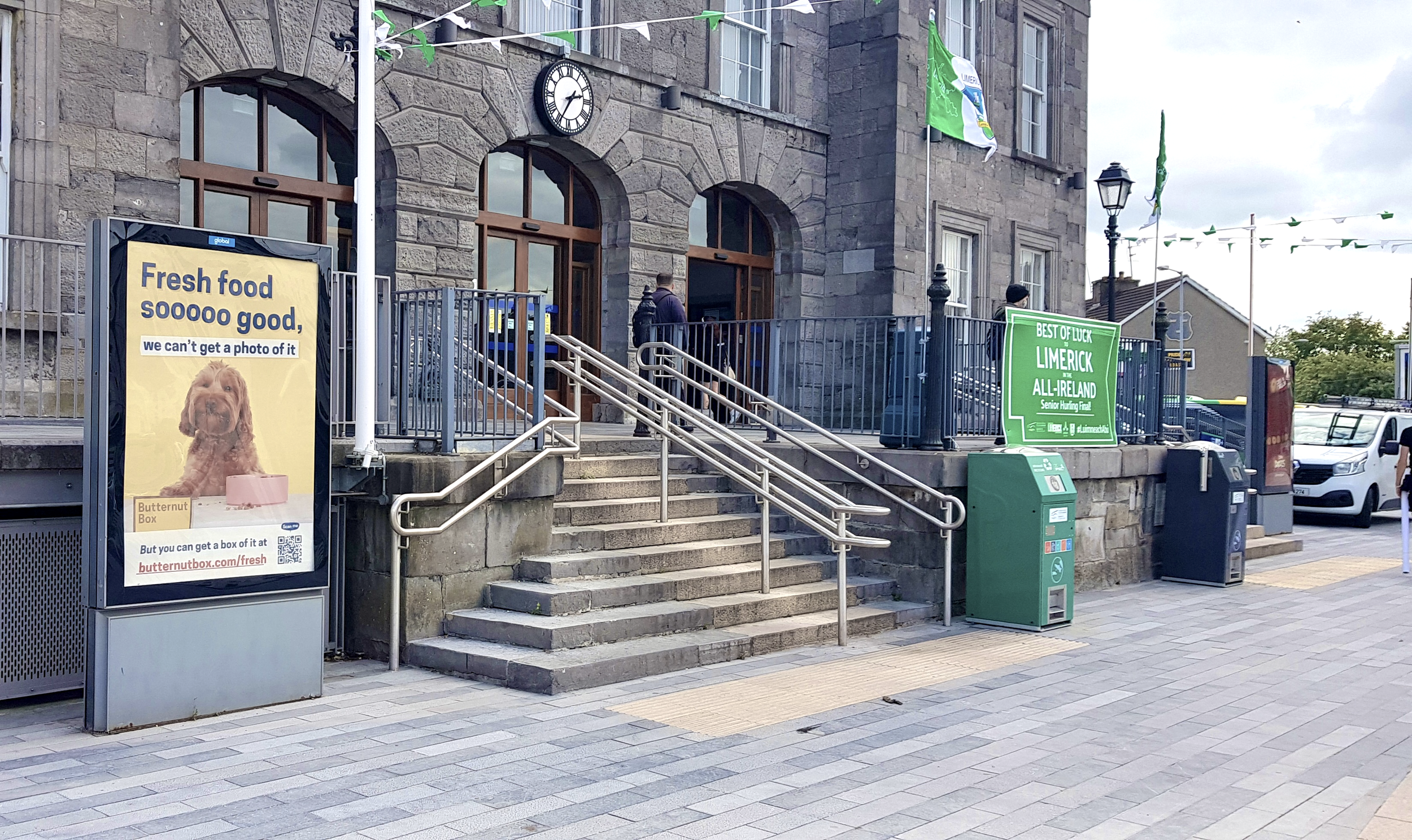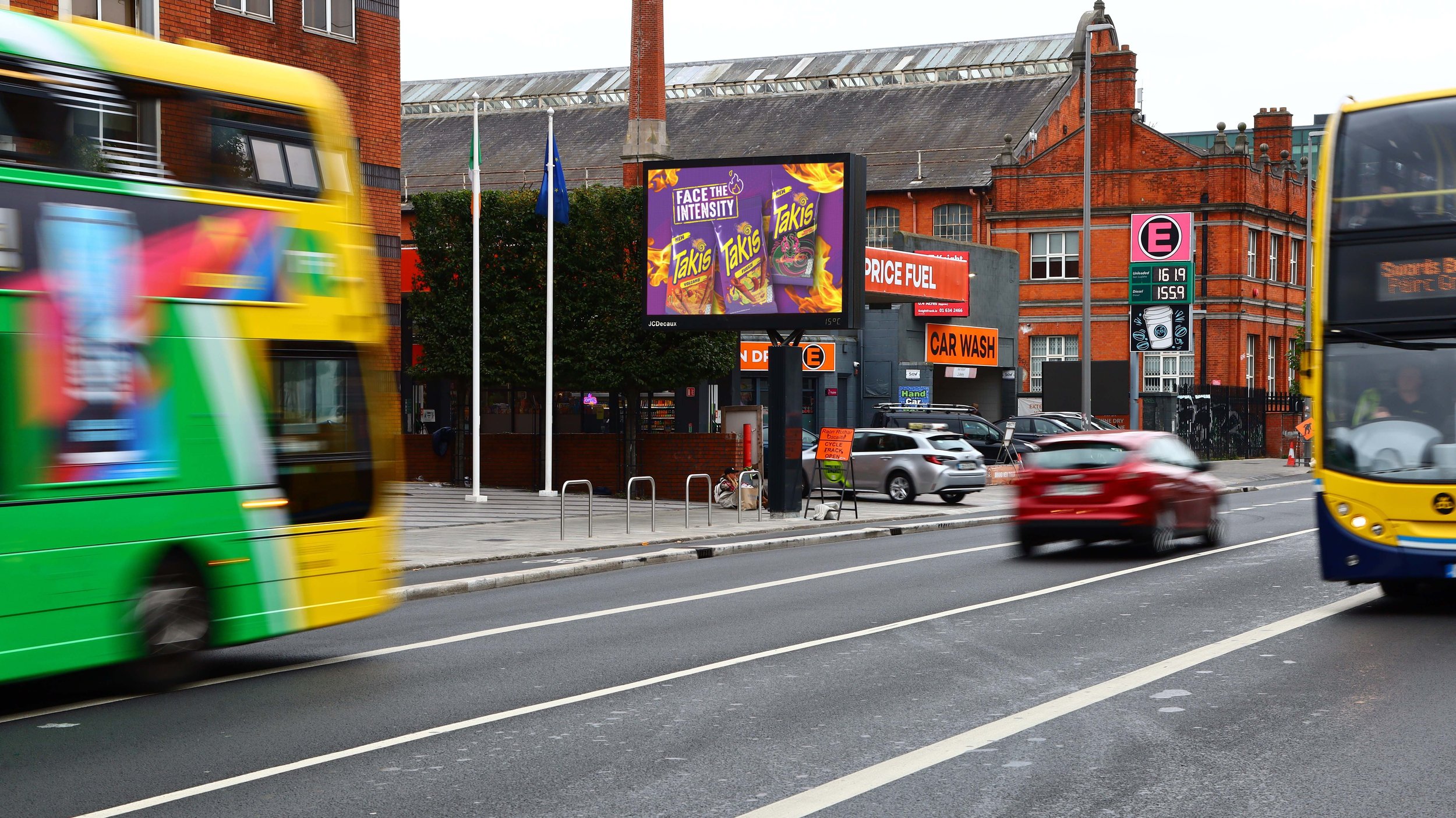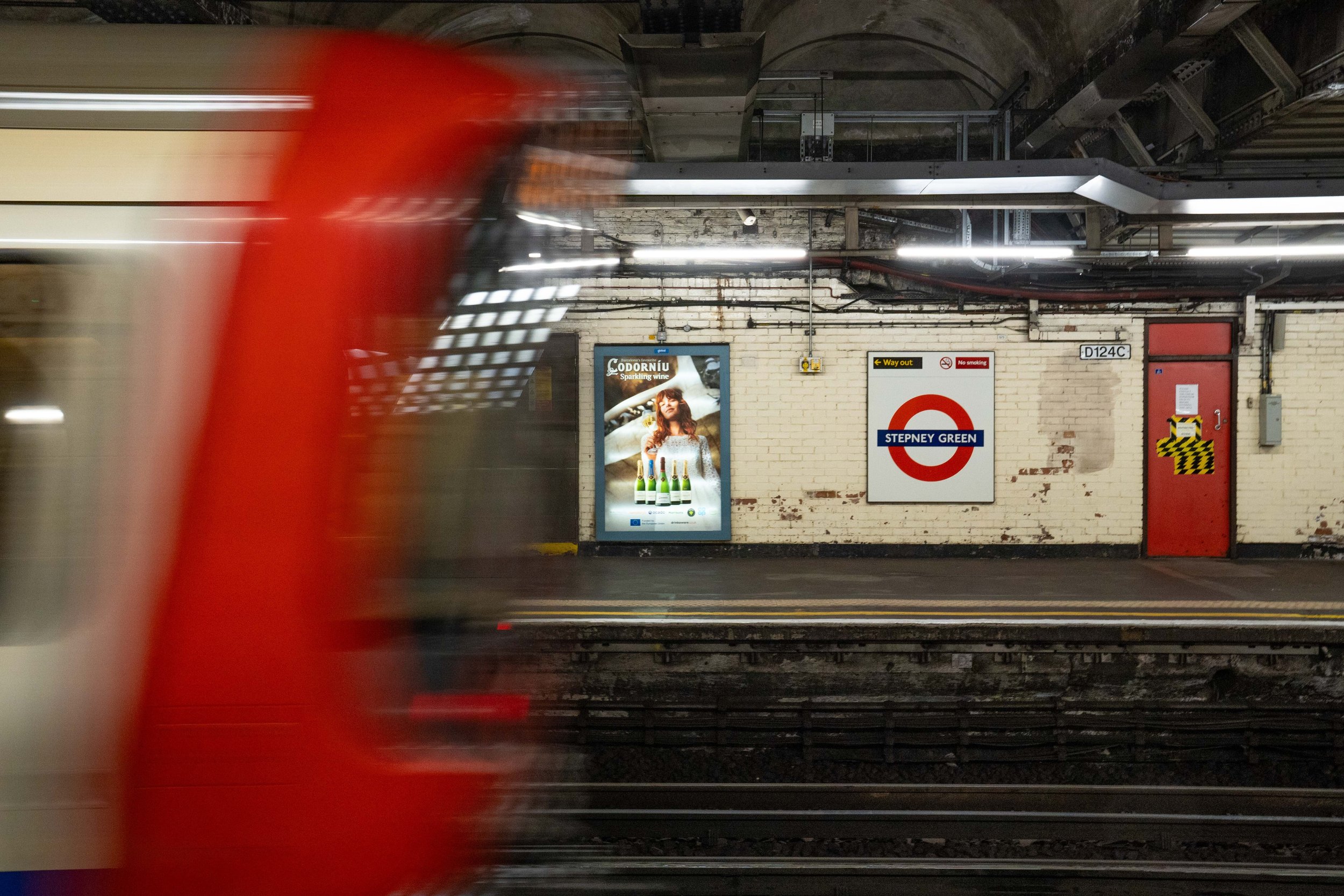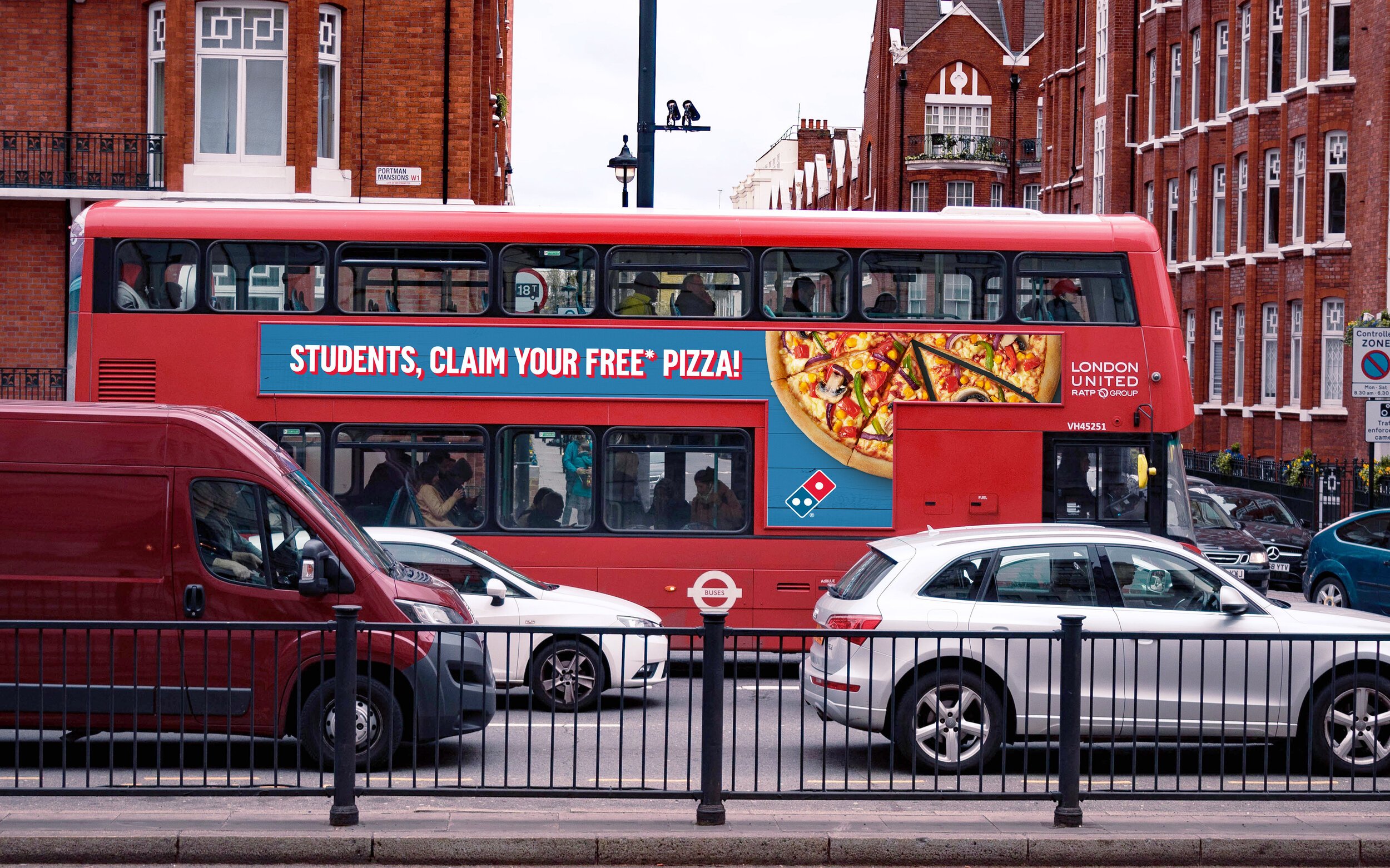How To Advertise in Train Stations
How To Advertise in Train Stations
Key Takeaways: How to advertise at train stations
To advertise in train stations effectively, begin with strong fundamentals: clear objectives, a defined audience and a message that people can understand in just a couple of seconds as they move through the space.
To make station advertising work harder, align formats and locations with real passenger behaviour and support your decisions with practical tools such as mapping, mobility data, audience insights and simple promo codes where relevant.
To advertise in train stations without unnecessary complexity, work with an integrated media agency like One Day that can plan and buy the right sites, negotiate value and connect everything with your wider marketing, whether you are a local business or a national brand.
Train station advertising can be one of the most effective ways to reach real people in the real world, including daily commuters, visitors, shoppers and business travellers. The brands that succeed are not the ones with the biggest posters but the ones that treat stations as part of a wider marketing system, built on clear objectives, audience understanding and creative that stands out in a busy environment.
Why train station advertising should be considered
Train stations bring together people, time and intent. They are natural hubs for commuters on their way to work, students heading to campus, shoppers, tourists and event goers. These audiences often use station time to plan their day, their spending or their next move.
For a neighbourhood café or retailer, a single station can act like a high quality, always-on billboard at the centre of your catchment area. For regional and national brands, a network of key stations provides dense, repeated exposure in the locations and commuter belts that matter most.
The same space can work for very different types of advertisers, as long as you are clear about the role you want it to play and who you want to reach.
The first step: Figure out your objective
Before choosing formats or locations, apply the same discipline you would use for any other channel.
Begin with the objective. Are you trying to drive store visits, build brand awareness, communicate a specific offer, support a launch or recruit staff?
Define your audience in practical terms. Are you targeting early morning commuters, weekend shoppers, parents on the school run, tourists arriving from the airport or office workers buying lunch? Each group uses stations differently and at different times.
Consider context. Someone rushing for a train has very limited attention, while someone waiting on a platform or queueing for coffee has more time to absorb a message. Your creative should reflect these real behaviours.
Choose a single, clear action for people to take. That might be searching your brand name, visiting a nearby store, downloading an app or scanning a QR code. If you ask for too many things at once, you weaken impact.
Choosing formats that match real behaviour
Large format impact sites
Large placements in entrances, main concourses or above major flows of footfall act as powerful brand statements. They are ideal for being unmissable, supporting launches or building long term fame.
Creative should feel like a homepage hero: one strong visual idea, minimal copy, and instantly recognisable branding.
Digital screens
Digital screens across concourses, platforms and walkways offer flexibility. Messages can change by time of day, day of week or campaign phase.
They work particularly well for brands with time-sensitive or occasion-based activity, such as food and drink, entertainment or mobility and travel services.
Posters and platform environments
Posters in platforms, stairwells and corridors remain effective, especially where people wait. You can include slightly more copy, as dwell time is longer, but headlines must still be readable from a distance.
Use any additional space for simple proof points or an offer, not for complex storytelling.
Outside the station
Stations rarely exist in isolation. Roadside formats, 6-sheets and larger placements on approach routes can help bridge the journey between the station and your location.
A retailer or restaurant a few minutes away can combine station and nearby placements to guide people from platform to doorway with consistent branding.
Tools that help real marketers and business owners
Real marketing teams need more than attractive visuals. You need evidence to make confident decisions and justify them internally.
Mapping tools such as Google Maps or Citymapper help you plot store locations, important audience areas, competitor sites and major transport hubs. Seeing everything on a map makes it easier to prioritise the stations that really matter.
Audience and mobility data from out-of-home planning platforms or data partners can reveal footfall patterns, audience profiles and how people move across specific stations and lines. This is particularly valuable when planning in unfamiliar cities.
Analytics tools such as Google Analytics 4 allow you to monitor changes in branded search and direct traffic in regions where your campaigns are active. Promo codes tied to a specific city, station or period can also give a simple reading of incremental results.
No single tool gives a perfect view, but together they form a practical framework for evaluating whether your train station presence is helping deliver brand or performance outcomes.
Creative that respects the environment
Train stations are loud, busy and visually cluttered. Effective creative needs to cut through, not compete with that noise.
Focus on one clear idea. If your brand is still establishing recognition, keep your proposition simple and consistent. If you are well known, you can be more expressive, but clarity must always come first.
Use distinctive brand assets such as colour, typography or product shapes so people recognise you across channels. Station advertising is most powerful when it reinforces what people see online.
Write headlines that can be read in a couple of seconds. Supporting copy should reward extra attention but not be essential to understanding the message. Calls to action should be realistic and easy, using short URLs, simple brand searches or relevant location cues.
Local brands can reference distance or landmarks. Larger brands can lean into storytelling, as long as hierarchy remains strong.
How an integrated agency like One Day can plan and buy train station media
The world of station media includes multiple owners, operators, formats, technical requirements and safety rules. It can be a complex environment if it is not your daily focus.
This is where an integrated agency like One Day adds real value. Because we work across strategy, creative and media, we define a clear role for station advertising within your wider plan instead of treating it as an isolated placement.
We turn your objectives into a clear brief, identify the locations and formats that match your audience, manage conversations with media owners, negotiate and secure the right sites, and oversee artwork, specifications and production.
Crucially, we connect your station activity to your other channels. Messaging stays aligned across social, search, TV, radio and experiential, creating a cohesive system that is easier to measure and easier for teams to manage.
We support independent brands testing a single station and established advertisers rolling out multi city strategies. The principles stay the same; only the scale changes.
Conclusion
Train station advertising performs best when treated as part of a connected marketing system rather than a standalone execution.
If you start with a clear objective and audience, choose formats based on real behaviour, use practical tools for planning and measurement, and align everything with your digital activity, stations can become one of the most effective environments in your entire mix.
With the right integrated partner to handle planning and buying, station media becomes a channel that is both manageable and strategically powerful, whether you are a single location business or a national brand building presence in the country’s busiest hubs.
Check these articles if you want to learn more about rail advertising and tram advertising!









